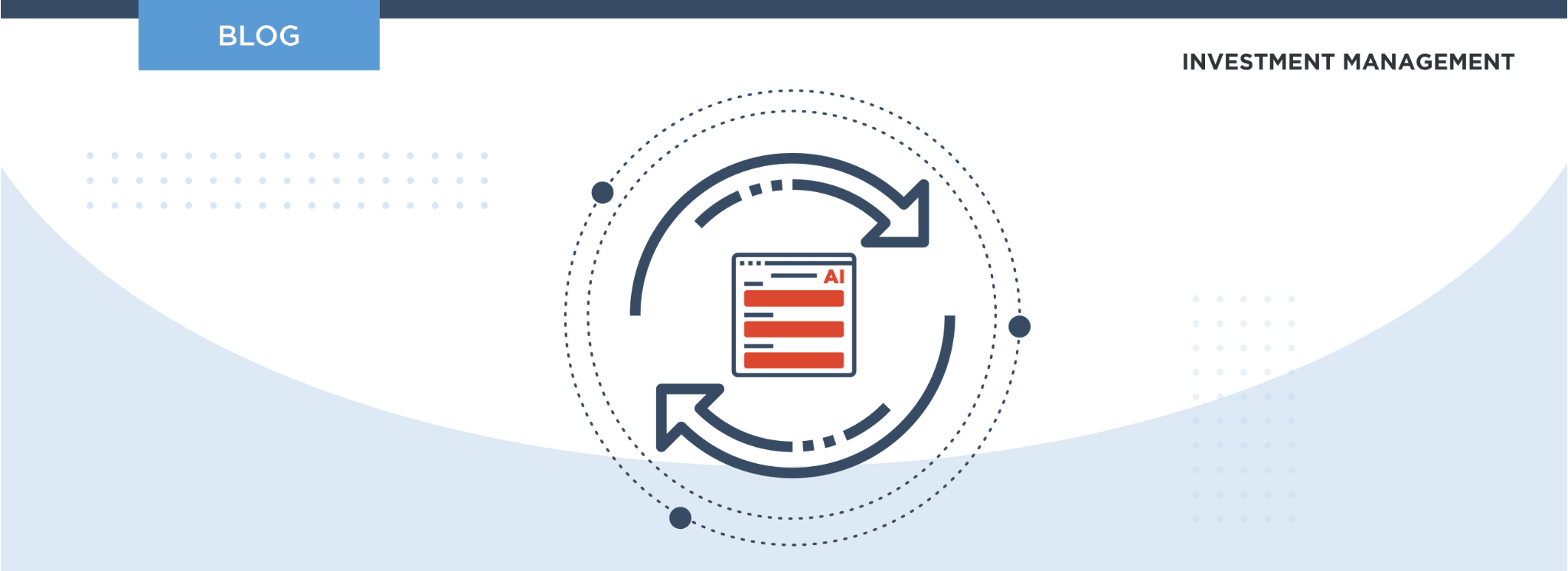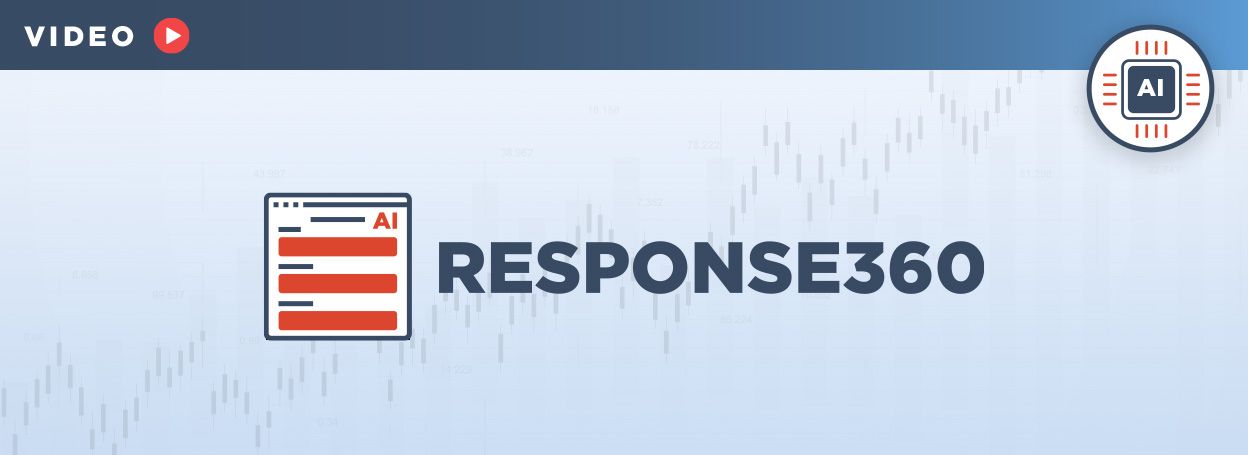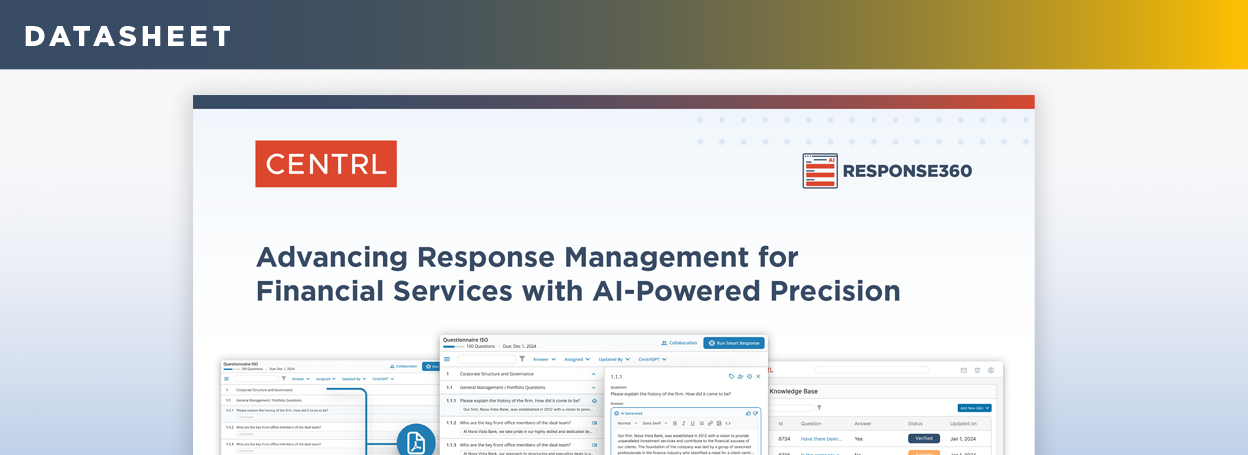Moving Beyond Legacy Content Management: The Mindset Shift That Unlocks True Response Automation

Moving Beyond Legacy Content Management: The Mindset Shift That Unlocks True Response Automation
For years, firms have depended on legacy content management systems (CMS) that claimed to simplify RFPs, DDQs, and client responses. In practice, however, these platforms were never designed to handle the complexity, speed, and collaboration that modern diligence and client service teams demand. Most CMS tools were also built as broad, cross-industry solutions—making it even harder to meet the specialized needs of investment management firms.
At their core, traditional systems function as glorified document repositories, places to store information, rather than accelerate its use. Many have failed to deliver the promise of true response automation.
The Pain Points That Matter Most
Across our client base, we continue to hear the same challenges:
Import accuracy: Teams spend too much time cleaning up imported content, fixing formatting, and re-tagging data.
Keeping the Answer Library current: Updates lag far behind business changes, compliance updates, and new fund launches.
Many clients admit they’re 4–5 months behind in updating their libraries. Why? Because updates often happen outside the system. As one client put it,
“Manually updating the library is the last thing we want to do after completing a 150-question assessment!”
This reliance on outdated tools and the resulting inefficiencies means that even the best teams spend more time maintaining content than responding to opportunities.
It’s Not Just a Technology Shift. It’s a Mindset Shift.
Moving off of legacy systems isn’t just about adopting new software. It’s about rethinking how your firm approaches the entire response lifecycle, how knowledge is captured, shared, maintained, and used to drive client engagement and business growth.
For many teams, the old way of working feels familiar: copying and pasting from prior responses, relying on static Word files or spreadsheets, and constantly chasing updates after every product launch or compliance change. It’s a process built around maintenance, not momentum. And while it may have worked in the past, today’s environment, where investor and client demands are faster, deeper, and more data-driven, has made this model unsustainable.
By contrast, the next generation of content management is dynamic, intelligent, and automated. AI-powered systems don’t just store responses; they learn from every interaction. They proactively suggest the best, most current answer; track changes across teams; and automatically keep libraries up to date as new data enters the ecosystem. The shift is from static content to living knowledge that evolves with your firm.
But here’s the critical part: technology alone won’t drive that transformation. Success requires a cultural and organizational mindset shift. That means:
Buy-in across teams from IR, Client Service, and RFP teams to SMEs, and Compliance, who all contribute to the content pool.
Collaboration over silos, breaking down the barriers between teams that each hold different pieces of institutional knowledge.
Continuous improvements, seeing the content library not as a project with an end date, but as a living asset that grows in value every day.
When teams embrace this mindset, the payoff is dramatic:
Faster, smarter responses that meet deadlines and exceed expectations
Always-current content that reflects the latest data, disclosures, and positioning
Less manual effort and more time for strategic initiatives
Better collaboration and oversight across every function that touches the client experience
Moving to a modern, AI-powered content management model isn’t just a systems upgrade; it’s an operational evolution. The firms that make this mindset shift today will be the ones setting the standard for responsiveness, efficiency, and client trust tomorrow.
The End Result: A Paradigm Shift
Firms that make this leap are transforming their response process from reactive to proactive. Instead of chasing updates, they’re leveraging automation that works behind the scenes, keeping content accurate, responses compliant, and teams focused on strategy.
The bottom line: the tools of the past can’t power the workflows of the future. Moving beyond legacy content management isn’t just an upgrade; it’s a game-changing shift in how firms operate, collaborate, and grow.


